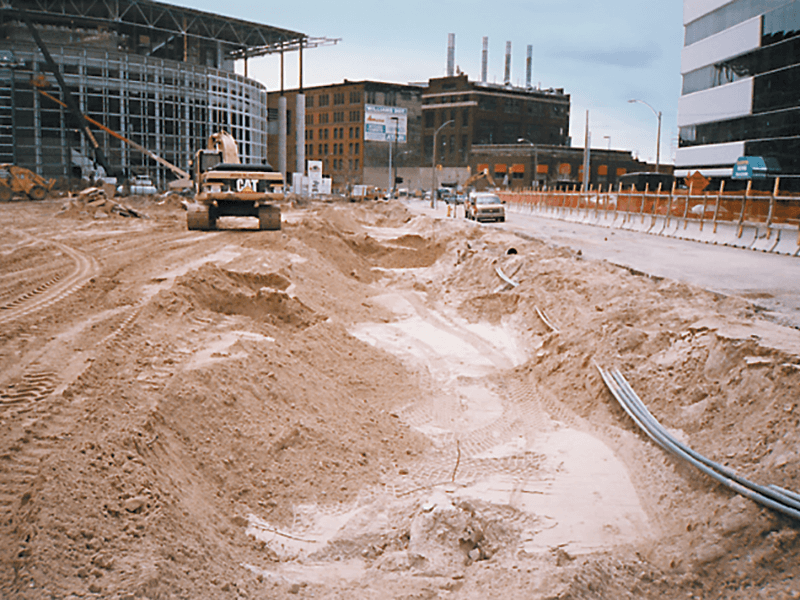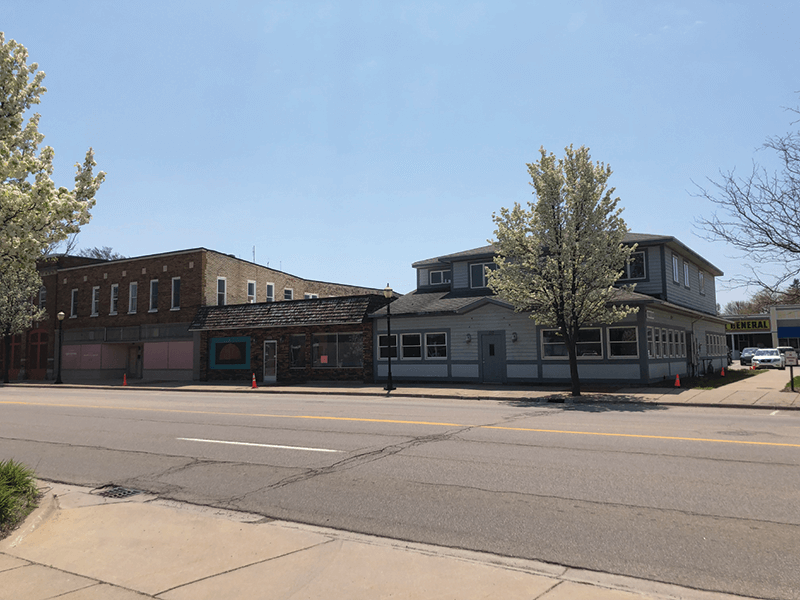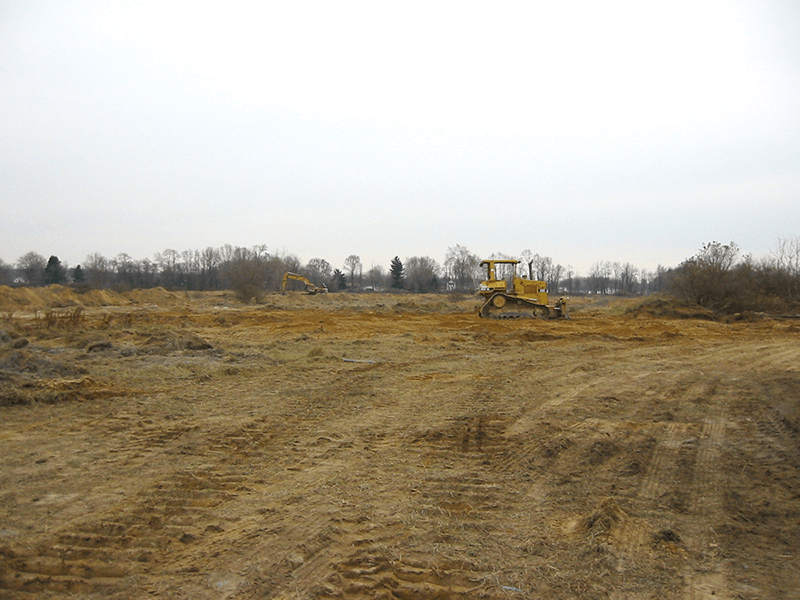to top
What is Brownfield Remediation?
Brownfield remediation is the act of removing or sealing off points of contamination within a property in order for the property to be used again without health concerns. Many factors can contribute to the brownfield condition of a site and contaminants found can exist in the soil, water, air or combination of all three.
Why do people care about remediating a brownfield?
While brownfield sites can pose significant financial and environmental challenges for developers, they also represent tremendous redevelopment opportunities. The redevelopment and reuse of brownfields are important to developers and communities alike because it creates great potential for economic development. Communities benefit from the revitalization of these sites in a number of ways, including:
- Economic vitality through job creation
- Elimination of potential health risks associated with hazardous contaminants
- Increased property values

What are common brownfield remediation methods
Brownfield remediation techniques depend on the type of contamination the land is experiencing and how the land will be used once it’s clean. We work with our clients to achieve their specific goals for remediation in interest and consideration for environmental safety.
Common methods of remediation:
- Excavation
- Tank removal
- Capping
- On-site or in situ treatment
- Bioremediation
- Phytoremediation
- Lead and asbestos abatement
You can read a more detailed outline of some of the commonly used methods for brownfield cleanups from the United States Environmental Protection Agency (EPA).

Brownfield remediation process
The Fishbeck team offers brownfield remediation services by successfully facilitating the revitalization of brownfield properties through appropriate risk management and remediation planning and implementation. Our experts in environmental, engineering, architectural and construction services will help evaluate the site or building, identify potential funding sources, and work with the developer, lenders, state and local governments, and the community to properly repurpose the contaminated site into new and welcoming facilities, neighborhoods, and businesses.
Critical initial steps in defining the brownfield remediation process involve proper evaluation of the site conditions. Typically, this includes completion of Phase I and Phase II Environmental Site Assessments, Hazardous Materials Surveys, and Property Condition Assessments. These assessments identify conditions that represent potential environmental liability and redevelopment concerns. Baseline Environmental Assessments and Due Care Planning can be completed to eliminate liability related to these concerns. Future redevelopment planning must take into consideration measures necessary to prevent exacerbation of existing contamination and ensure that no unacceptable exposures exist. Brownfield plans are then developed to map out a tax increment financing strategy that offsets eligible brownfield costs required to facilitate redevelopment.

brownfield remediation funds
Finding economic incentives for brownfield redevelopment projects can be complicated. We help property owners, communities and developers with securing incentives to offset redevelopment costs associated with brownfield site conditions. Incentives can include tax increment financing (TIF) or Michigan Department of Environment, Great Lakes, and Energy (EGLE) brownfield grants and low interest loans, and tax abatements. Our experience working with local, state and federal agencies can help expedite redevelopment efforts, ease the process of understanding regulatory requirements and lead to more opportunities for your project.

CONTACT US
We’d love to hear from you!
Drop us a note or ask our
experts a question.